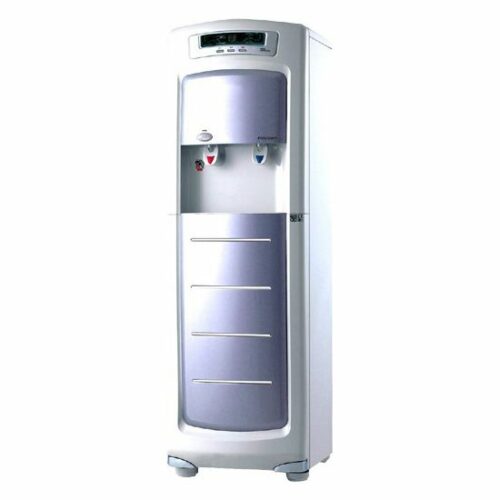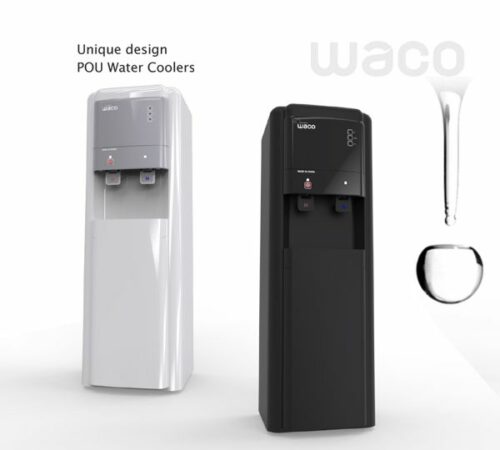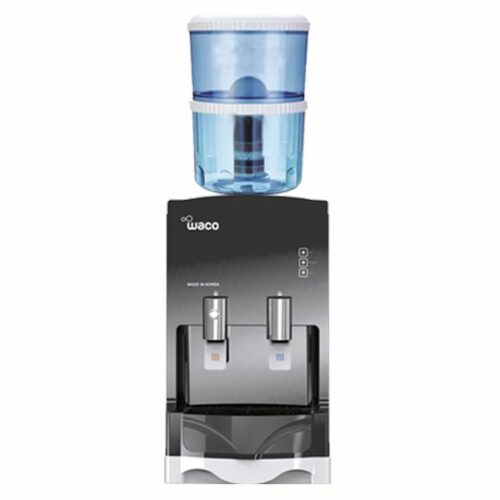The ultrafiltration method of filtering water is based on using a special molecular membrane to differentiate between and separate various particles in the water according to their molecular weight and size.
An ultrafiltration membrane, which is composed of hollow fibers, is used as the filtration media. Water is forced at pressure through the membrane and the water particles pass through the membrane due to their size being smaller than that of the pores in the membrane. At the same time, larger particles are effectively separated and trapped by the membrane.
Special technology is used to create ultrafiltration membranes, which are asymmetric and semi-permeable. Ultrafiltration membranes contain micro-pores which permit the flow of certain sized particles while blocking and trapping particles which are larger than the pore size used in the structure. The diameter of the pores typically ranges from 0.1 to 0.005μm or 200,000 to 10,000 Daltons in molecular weight depending on the exact application for which the membrane is used.
Such ultrafiltration membranes are commonly used as part of a process for removing high molecular-weight matter, bacteria, colloidal material, organic and inorganic polymeric particles.
When used as part of a water filtering process, the ultrafiltration membrane system uses as little as 20% of the typical energy consumption of a more traditional system based on reverse osmosis. Ultrafiltration membranes use can produce sufficiently high flux rates even when operating at low pressure.
Other benefits of ultrafiltration include:
- Significant energy savings due to minimal pumping energy being used
- Wide PH range of chemical resistance
- Back-washable
- Easy operation and maintenance
- Low investment cost
- Lack of contaminant residue as a result of chemical reactions




